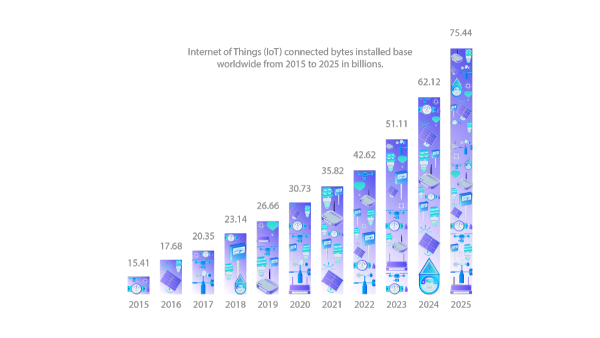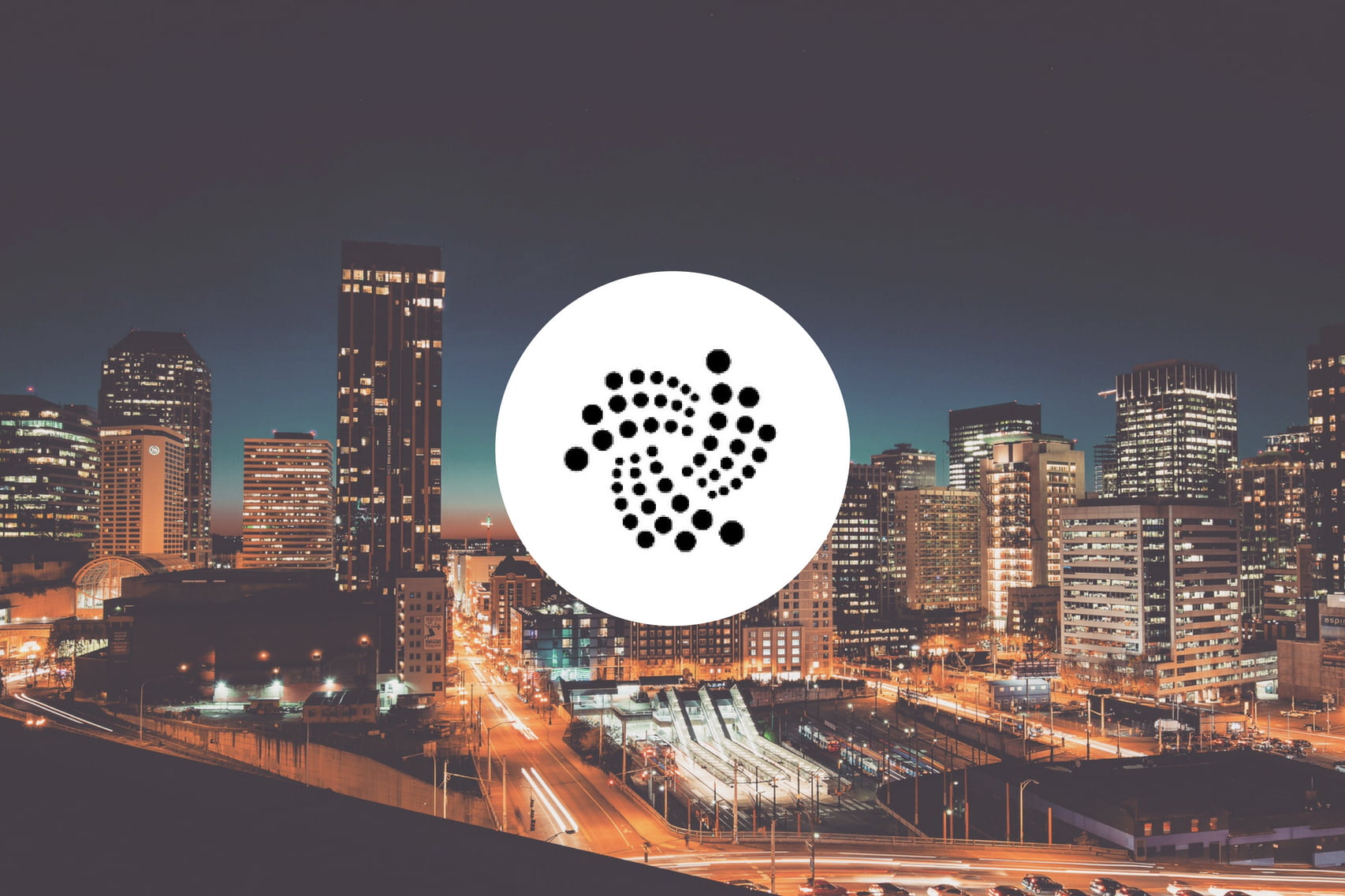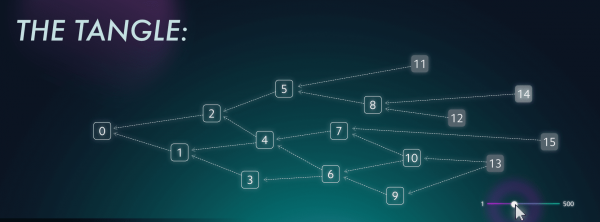Over the last ten years, we have witnessed the rise of blockchain technology which offers peer-to-peer transactions of funds without middlemen or geographical barrier.
However, this rise has also been accompanied with unexpected trends in the blockchain ecosystem. The speed of transactions and fees associated were strong points of major blockchain projects, yet the current levels of adoption has shown that the fees can be quite substantial and transactions can be very slow due to congestion of the network. The response of most blockchain projects to this is a process known as scaling.
IOTA is a blockchain-related project that tackles the scalability problem by having its own distributed ledger that’s different from the usual blockchain. IOTA is designed to empower machines and humans to participate in flourishing new permissionless economies. Learn more in our introductory article: What is IOTA?
IOTA has a number of unique features that sets it apart from other projects in the ecosystem such as high scalability, low resource requirements, secure data transfer, offline transactions, and many more.
However, there are 3 important features that gives IOTA an edge for real-world applications. They include:
- Potential for unlimited transactions per second
- The Tangle technology, making IOTA immune to quantum computing hacks
- Zero fee transactions, making IOTA an effective way of moving funds
Potential for Unlimited Transactions per Second
To better understand practical application of IOTA, it is important to understand the technological trend known as Internet of Things (IoT). IoT refers to a trend whereby machines (like cars, fridges, phones, watches, and basically anything electronic and software-based) communicate and exchange data with one another without human interaction, resulting in greater efficiency and economic growth. The whole idea of IoT is to mesh the physical world with the internet world and allow technological devices to exchange data without any human asking the devices to.
In today’s world, exchange of data is often accompanied with payments. So, for IoT to become a full reality, there must be a platform that can facilitate machine-to-machine payments. This is where IOTA comes in. IOTA is theoretically designed in such a way that the more transactions there is on the network, the more transactions the network can process. This still remains an ideal situation, however. Currently, the network can process between 13 and 1,500 transactions per second. This unique scalability of IOTA makes it a prime facilitator of IoT.
IoT is not just a futuristic idea that people like to fantasize about, it is already happening. The advent of smart phones, smart homes, smart watches, and other “smart things” is the very trend of IoT. Very soon nearly everything is going to become “smart.” And the platform capable of microtransactions to make this possible is IOTA. Therefore, a future with IoT is a future with IOTA.
In the next couple of years, it is expected that the number of machines in the world will more than double over the next decade. This would ultimately create a machine economy that would be very robust.

The potential of IOTA as connected to IoT has facilitated partnerships with IoT-related organizations such as International Transportation Innovation Center (ITIC), Kontakt.io, and +cityxchange.
The Tangle Technology
IOTA uses the Tangle technology which is unlike the blockchain. Tangle has the usual blockchain features of distributed ledger and secure transactions, but it does not work with blocks. Tangle is a particular kind of directed graph that holds transactions. Instead of blocks, Tangle uses Directed Acyclic Graph (DAG).
In a regular blockchain, transactions are bundled together in blocks and then they are verified by miners. This implies that increase in transactions will mean an increase in work for miners. This also results in higher transaction fees. In Tangle, each transaction is represented as a vertex in the directed graph. To proceed with this verification, the transaction chooses (at random) two previous transactions to approve, adding new edges to the graph. As in the figure above, transaction number 6 approves transaction number 4 and 3.
The fact that users and validators on the IOTA Tangle are one, the IOTA architecture is inherently decentralized.
Sufficiently large quantum computers have been discovered that could be effective for handling problems that require trial and error to find a solution. An example includes finding a nonce in order to generate a bitcoin block. This threatens the security of bitcoin transactions due to the assumption that no single actor can mine blocks any faster than anyone else.
However, the algorithm used in the current IOTA implementation is structured such that the time to find a nonce is not much larger than the time needed for other tasks that are necessary to issue a transaction. Thus, the efficiency gain of the ideal quantum computer would not pose a security risk to Tangle. In other words, blockchains could get hacked by large quantum computers (developed in the future), but Tangle will not.
A couple of organizations that have partnered with IOTA to explore the Tangle technology include Snapask, Paragon, BitDice, Augmate, Audi Think Tank, SinoPac, DNB, and UNOPS.
Zero Fee Transactions
Due to the fact that there are no miners in the IOTA ecosystem, there are no fees associated with transactions. Users are validators. And as explained above, the higher number of users, the faster the transactions. New transactions verify previous transactions so the cost of sending funds is ultimately zero. This means if you are sent $1,000, you get $1,000—not $999.99.
Organizations that have interest in IOTA based on its financial feature include MGER, NetZ0, Monster Cleaning, and MOBI.
IOTA has also announced partnerships with big organizations and companies such as Microsoft, Bosch, Schneider Electric, Fujitsu, University of Oslo, Deutsche Telekom, and more, as detailed at the tailend of this article.
Conclusion
It is already clear that the future will be shaped by the Internet of Things. Everyday physical things are going “smart.” Also, already “smart” things are getting smarter. It is only natural that an ecosystem to power this smart economy must exist. The Tangle technology, though still in its infancy, shows tremendous potential to affect how transactions take place in the world.
Plus, we can always count on the fact that many years from now, people will still want to save or keep more of their money and hence be more attracted to cheaper ways of doing things. Zero-cost transactions are a great feature that will never grow stale.
With all these, it is highly likely that IOTA is here to stay and has the potential to be an integral part of the future.
Related:
What the Future Holds for IOTA
IOTA Strengthens Its Network with the IOTA Ecosystem and Qubic


